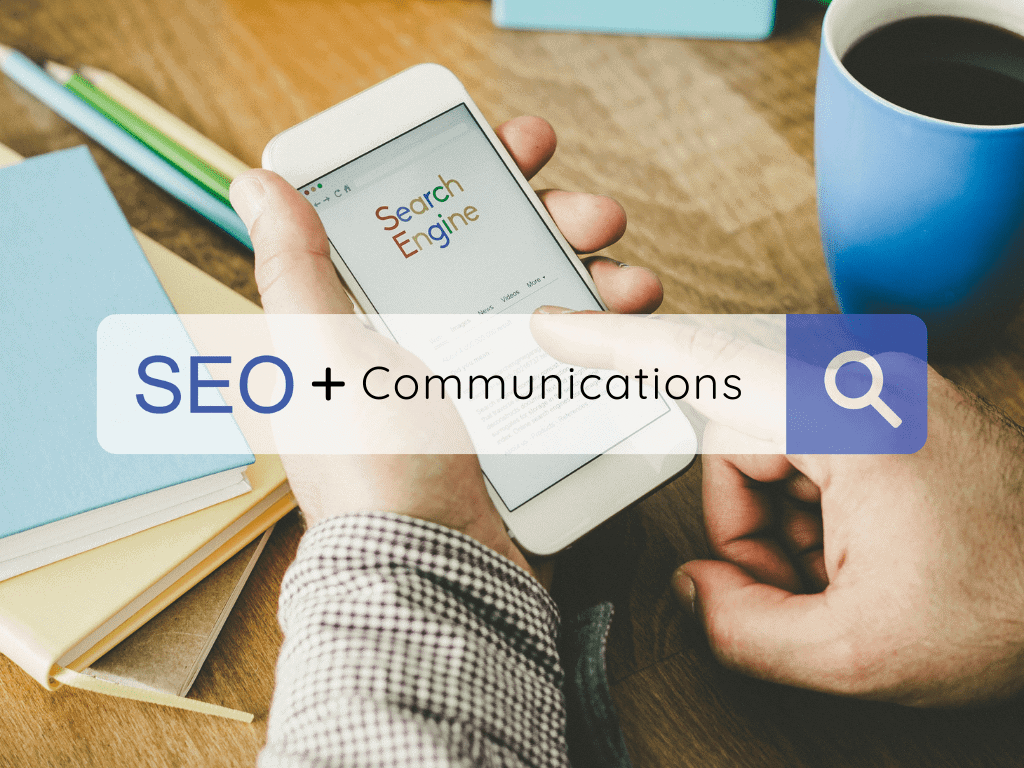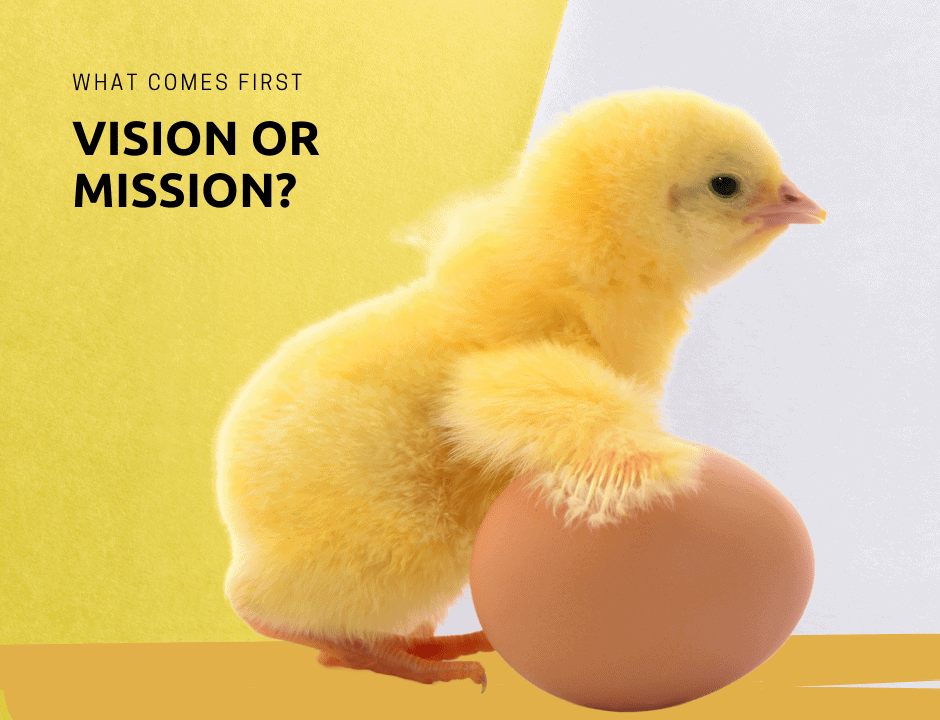The Importance of Making SEO Part of Web Design
Since last year – Google has shifted to mobile-first indexing for all websites. This means that the search engine will update its index to your site’s mobile version. This is an excellent example of how SEO web design becomes connected. Mobile-friendliness is now a huge ranking factor, and it’s also a considerable aspect of your website’s design.
When creating your website’s design, you must also consider the effects of each element on your SEO. Learn more about SEO, web design, navigability, and more – as well as how they connect – below.
Why is SEO Important to Web Design?
Web design doesn’t only refer to the visual aspects of the website. It has other components that create the overall experience, including webpage structure, content creation, and search engine optimization. Likewise, SEO isn’t only about content. The search engine reviews the elements of the website aside from the keywords in your posts. SEO is always present when you create a website, but a good designer keeps that in mind while building the site. That way, every element of the design gets taken into account from the start. If you treat it as an afterthought, you won’t reap the full benefits even if you have good content SEO. You might even need to restructure the site to get better rankings.
SEO-Friendly Web Design
That said, the SEO aspect of web design is still about getting more traffic to your site. It should make it easy for search engines to access the site and its content. An attractive design is for the visitors. The structure, keywords, navigation, and more are for the search engine. Let’s take a closer look at what an SEO design looks should look like.
1. Indexable Pages
All pages must be indexable or, in other words, accessible to the search engine. Indexation is the process of adding web content to the search engine’s index. The crawlers find the page and “crawls” through it to find out what content is on this page. They look at the metadata, keywords, and other signals. They then rank the content, if applicable. That means that any web page must be in the index to appear in the search results. Your content won’t appear automatically. You must help the web crawlers discover and understand it.
What makes a crawlable website? To answer this, imagine links as the roads and highways of the internet. The crawlers go through the links to discover new places on the internet. Then, it transfers to other places using the links on the pages. This is much like how Google Maps travel through roads to upload every nook of different areas. Google can take a few days to a few weeks to index a website. Some of the factors that affect this include optimizing the website, its structure, and its popularity. There’s also a chance that the search engine won’t index a site.
To lower those chances, make sure you have a crawlable website design. This goes for every page you add along the line. Forget ranking high; your webpage might not even appear on the SERP if you don’t consider this part of web design.
2. Metadata
As mentioned above, Google’s crawlers look at the metadata to figure out what the page is all about. It’s a way of communicating to the search engines about how to read your page and who can read it, as well. You can do this using meta tags, which are crucial parts of on-page optimization. One of the most important meta tags is the title element. Search engines look at this to find out the subject of the webpage. Users can also see this tag; it’s the one that appears in the search results. This means it plays a huge role in getting users to click on your link. This is where you’d put your keyword for SEO purposes.
Another element you should pay attention to is the meta description. It’s also usually displayed in the search results below the title. Websites use this part to entice the readers into clicking the link. Others, like headings, also play into the readiness of the webpage for SEO. However, note that these do not contribute to your rankings.
As Google announced back in 2009, it doesn’t use meta tags to determine your ranking. Still, they help increase your click-through rates, which affect your ranking. They also provide useful information for crawlers for indexation purposes.
3. Navigation
A website with a great navigation design is easy for both the user and the search engine to understand. Your website must be able to direct the visitors to where they need to go with ease. 94% of consumers say this is the most important factor in the website’s design. It must also cater to the user’s intuitive sense.
What does this mean? – It means users don’t have to stop and think while navigating your site. When they search for the menu, for example, they’ll first look at the top as this is the most common configuration. If it isn’t there or on the other common location, they’ll have to stop, think, and look for it.
These few seconds are crucial. With so many competitors, users have the freedom to exit your site for many reasons, including a hard-to-find menu. At the same time, your website’s navigation must also make sense to the search engine’s crawlers. A website’s top-level menu must consist of categories crucial to the website. If it includes pages that are not too important, the website’s purpose gets muddled to the crawler. Google won’t know the website’s primary focus, causing your ranking to drop.
4. Visual Elements
The images, videos, and other media also contribute to both SEO and website design. They must fulfill their primary purposes (i.e., provide aesthetics and give more context) while not clogging up the website. These elements are also crucial in creating an effective landing page. The sizes of your media and videos will factor into your website’s responsiveness and page speed. We’ll talk more about that later, but what you need to know right now is that Google doesn’t like slow-loading pages.
You should also optimize every element you upload to your site. Images, for instance, should have a good image name, alt text, and proper sizes. Remember that Google doesn’t “see” images. It relies on the image name and alt text to find out what the image is about. They should be descriptive enough; use your keywords here but don’t go overboard. If you have videos or audio on the page, you can help Google understand it by providing a transcript. This also benefits the users who can’t access or don’t want to watch the video.
5. URL Structure
Crawlers also look at the URL to get context about the web page. For example, “website.com/seo-web-design” is a huge clue as to what the topic is about. It’s a good chance to put your keyword somewhere in there. Still, you should avoid keyword stuffing. This can still cause your website to drop its SEO score.
Moreover, the URL structure must also reflect where a specific page fits in the larger categories of the website. Users will know that the article in “website.com/seo/web-design” relates to SEO. Search engines will also know that the article refers to the other SEO topics on the site even if “SEO” isn’t in the title. Your URL structure will depend on your site’s navigation structure. Use that as a guide to define your main structure; URL planning for each page becomes more accessible.
6. Page Speed
Using Google’s PageSpeed Insights, you can see how fast a web page loads. It also analyzes the page and makes recommendations on how you can make it faster. If your website takes more than three seconds to load, then you can lose around 53% of your potential customers. This is because if loading takes any longer, they’ll often think it’s a poorly designed website, making your brand look bad. If that’s the case, then you can expect many losses. You lose more than half of the traffic, which you still pay for if the visitors clicked on a PPC ad. Having them leave immediately means you don’t get to redeem your investment through your sales.
For that reason, you should aim for a page speed of 2 seconds or under, mobile site or not. This lowers your bounce rate and keeps potential customers within your website. Both the bounce rate and page speed are ranking factors. Google always wants its users to have a good experience so that it will favor faster websites. Furthermore, a slower speed impacts the indexation of your site. That’s because search engines will only crawl a few pages under the allocated crawl budget.
7. Mobile Responsiveness
The goal of responsive design is to make sure your website is viewable on different devices. The navigation, visual elements, and all other parts of a web page must still be clear to the viewers. It shouldn’t matter how big or small their viewing screen is. Google is now pushing its mobile-first indexing initiative. It’s one good reason to pay attention to the responsiveness of your website, ensuring that all elements make sense and it loads fast, even on smaller screens. Not only that, but you also have to consider the different behaviors of users. How they act using mobile phones is different from how they act when using a computer.
To give you an example, a user will likely look for a hamburger menu on mobile sites. On the other hand, they will likely look for a navigation bar on desktop websites. Another good reason is that you don’t want to lose out on mobile users. If your website doesn’t make sense on their phones, they’ll go back to the vast sea of competitors in the SERP without much hesitation.
Common Mistakes with SEO
It’s not uncommon to make some mistakes here and there. Aside from the things already mentioned (e.g., large image files, slow-loading pages, non-mobile-responsive), here are some mistakes you might make if you don’t think of SEO while creating the web design.
1. Infinite Scroll
Infinite scrolling might seem like a fantastic idea at first. However, it might impact your SEO if you don’t know what you’re doing. Infinite scroll is a feature that lets users scroll down indefinitely to load other data on the page. The more data the page loads, though, the slower its response time may become. You have to follow specific instructions by Google to make this feature okay for SEO.
2. Hidden Content
Hidden content refers to content that lurks behind tabs and expandable menus. It’s a feature that makes content load faster on mobile sites. Google can still index hidden content, but not always. It’s easier to keep 100% of your content ready so the search engine can crawl 100% of the page.
3. Popups
Popups are massive obstructions to the website’s user experience. Users, in general, don’t like seeing intrusive elements while navigating your site or even before they get to look at the content. Search engines don’t like popup ads, either. You might want to think twice before putting popups as a part of your web design. SEO web design works to bring traffic to your website. If one is lacking, you won’t reach the full potential of your site in terms of rankings and conversions. Make sure your website is solid in both aspects.
Create a strategy that will integrate SEO into your site’s design from the start.







